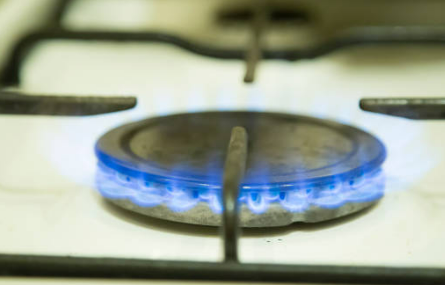
Aria Thomas
Sep 06, 2022 11:22

On Tuesday, gold prices dramatically rallied from a six-week low as a worsening energy crisis in Europe increased demand for safe-haven assets, while copper extended gains in anticipation of fresh Chinese stimulus measures.
Spot gold jumped 0.5% to $1,718.95 per ounce by 21:03 ET, while gold futures rose 0.5% to $1,730.0 per ounce (01:03 GMT). Both instruments rallied from a six-week low early in the month.
After Russia severed a crucial gas pipeline to Europe, putting the area at risk of a severe energy crisis, the demand for conventional safe havens rose. The euro reached new 20-year lows this week, as the crisis is expected to have a substantial impact on economic growth in the eurozone. It is largely anticipated that the European Central Bank will begin to hike interest rates at a meeting later this week.
As traders awaited additional clarity on the future of U.S. monetary policy, Tuesday's dollar index rally appeared to have stopped. However, expectations of future Federal Reserve rate hikes bolstered the dollar's position near 20-year highs.
This year, rising interest rates have had a negative impact on gold prices, as speculators have sought higher yields from the dollar and Treasuries. In addition, it is largely expected that the Federal Reserve will maintain its rate-hiking pace this month.
In addition, other precious metals rose significantly on Tuesday. Platinum jumped by 0.6%, while silver rose by 2%. Both metals rebounded from their 15-month lows.
Copper prices climbed 0.2% among industrial metals, with gains continuing after China hinted at an expansion of economic stimulus measures.
Copper Futures expiring in December rose 0.2% to $3.4665 a pound on Tuesday, following a roughly 2% increase on Monday.
As the economy barely grew in the second quarter, Chinese government authorities announced on Monday that the country would likely enhance its pace of stimulus measures in the third quarter.
This year, the second-largest economy in the world confronts significant headwinds from COVID-19 lockdowns and a probable energy crisis.

Sep 05, 2022 11:20
